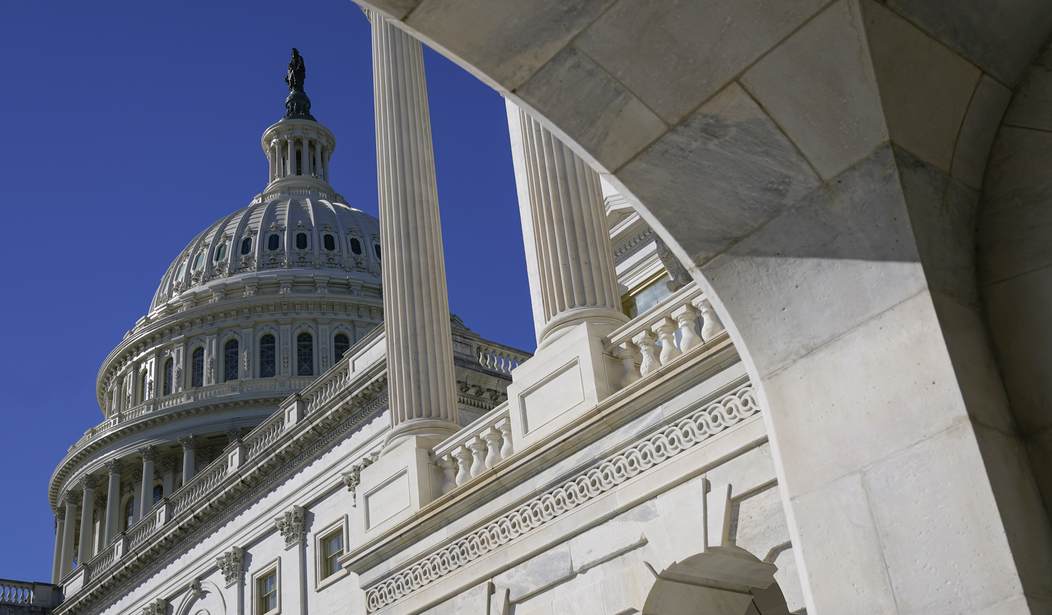Sabato’s Crystal Ball is a political website created by the UVA Center for Politics which, as the name implies, offers election predictions. Today the site published an analysis of the 2022 election which predicts Democrats are facing an uphill battle next year even before you consider the impact of reapportionment and redistricting.
On balance, we expect the reapportionment of House seats — which we analyzed late last month — to benefit Republicans to a small extent. Redistricting seems likely to also help Republicans. Given that the Democrats only won a 222-213 edge in the House last year, Republicans only need to net five seats to win the House. That kind of small gain could come from reapportionment and redistricting alone.
But they looked at where the likely toss-up races will be next year without accounting for either of those factors. Here’s the chart they came up with.

The big takeaway is the number of Democratic toss-up elections compared to just a couple of Republican toss-ups. And that means, that if you split the toss-ups evenly, Democrats lose the house [emphasis in original]
The larger point of this exercise is that we would start many more Democratic-held seats as Toss-ups than Republican-held ones even if no district lines were changing.
Overall, these ratings show 211 districts at least leaning to the Republicans, 203 at least leaning to the Democrats, and 21 Toss-ups (19 held by Democrats, two held by Republicans). Splitting the Toss-ups roughly down the middle — let’s say 11-10 Republican — would result in a 222-213 Republican majority, good for a nine-seat Republican net gain and a narrow majority the same size as the one Democrats elected in November.
In other words, Republicans already appear set up to significantly threaten the Democratic House majority, and the net impact of reapportionment and redistricting may make their task easier. Republicans are not guaranteed to win the House next year, but the majority is clearly there for the taking.
As they said, it’s not a guarantee because literally anything could happen between now and next November. There could be any number of reasons for a Democratic surge by next year which leaves Republicans just as surprised in 2022 as Democrats were last year. But historically, that would be very unusual as the piece explains:
Why? Because incumbents from the non-White House party very rarely lose in midterm general elections. No Democratic House incumbents lost in 2006 or 2018 when they won control of the House during Republican presidencies, and no Republican House incumbents lost in the 1994 general election, when the GOP won the House majority for the first time in four decades during Bill Clinton’s first midterm. Just two Republican incumbents lost in both 2010 and 2014 when Republicans flipped the House (2010) and then elected their biggest House majority since the Great Depression (2014). There were extenuating circumstances for those incumbents, as noted here. Even in 1998 and 2002, two cycles in which the presidential party bucked the usual midterm slide, only a few non-presidential party incumbents lost in the general election.
So it’s possible the Dems could buck the historical trend but even in that case it likely wouldn’t be by much. What’s more likely is that there’s at least a mild trend toward the GOP. And if so then they really are all but guaranteed to take the House and likely to have more seats than Democrats have now.
To be fair, Sabato’s predictions in 2020 weren’t terribly accurate at the House level. However, that was because they predicted several Democrats would hold seats that they lost. In other words, like a lot of pollsters last year, they underestimated the strength of the GOP.
That sound you hear is the clock ticking down on the Biden administration’s big agenda.








Join the conversation as a VIP Member